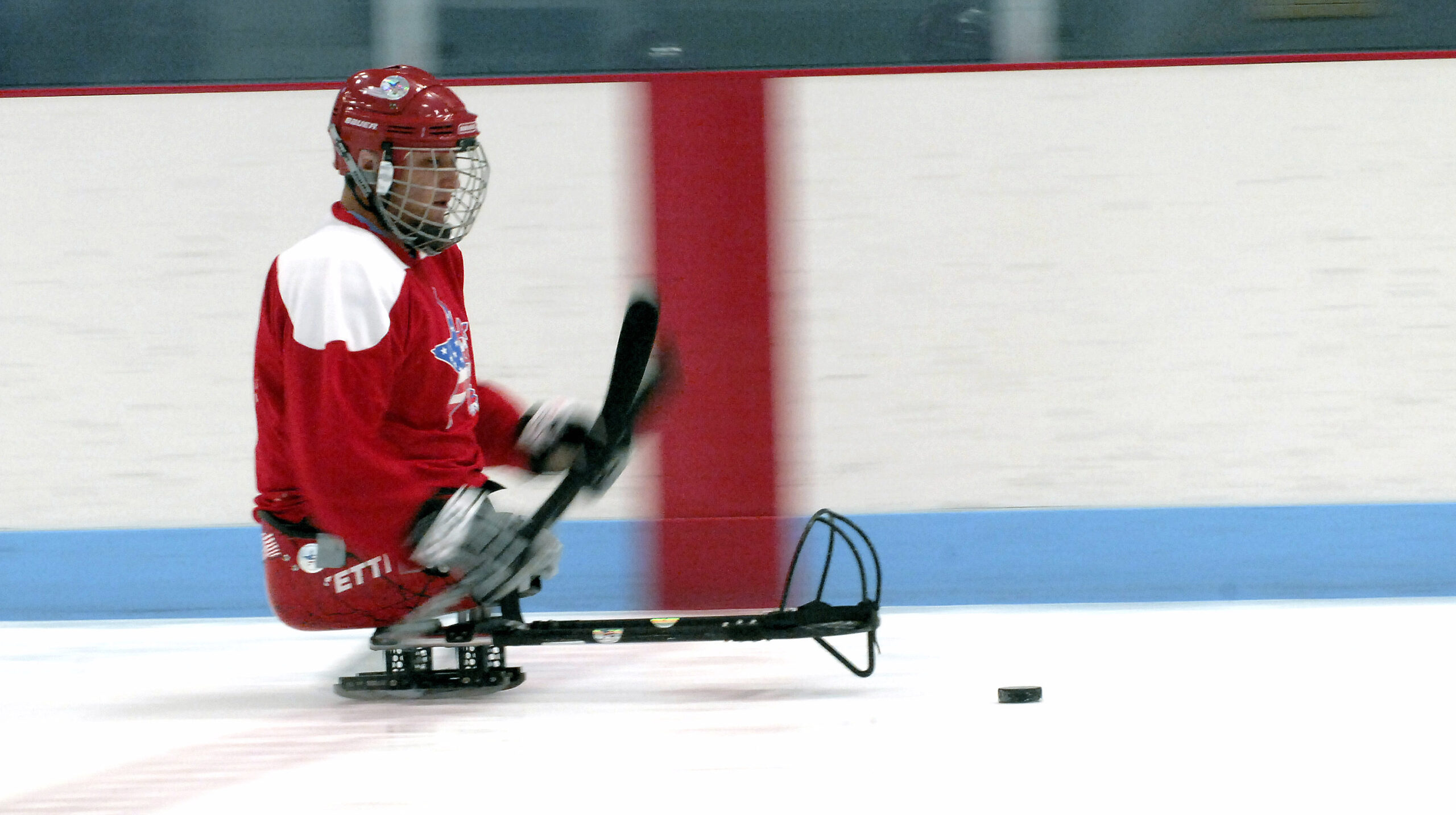Ice hockey sleds, designed for players with mobility impairments, have become an integral part of adaptive sports. These sleds enable individuals with physical challenges to experience the thrill of ice hockey, showcasing the inclusivity and diversity within the sport. In this article, we’ll explore the various types of ice hockey sleds, each catering to different needs and preferences.
Traditional Sleds:
– Traditional sleds are the foundation of adaptive ice hockey. They typically feature a seat mounted on a metal frame with two blades underneath.
– The seating position allows players to use their upper body strength to maneuver the sled across the ice.
– These sleds are excellent for players who have good core strength and balance.
Hybrid Sleds:
– Hybrid sleds combine elements of traditional sleds with additional features for enhanced performance.
– Some hybrid models have adjustable seats, allowing players to customize the sled according to their body dimensions and preferences.
– The design often incorporates lightweight materials to improve agility and speed on the ice.
Two-Blade Sleds:
– Two-blade sleds, as the name suggests, feature a dual-blade system that enhances stability and control.
– The two blades provide additional support, making these sleds suitable for players who may have difficulty maintaining balance on a single blade.
– This design is often preferred by beginners or those in the early stages of adapting to the sport.
Single-Blade Sleds:
– Single-blade sleds offer a higher level of agility and maneuverability on the ice.
– These sleds challenge players to refine their balance and coordination, making them suitable for individuals with advanced skills.
– Single-blade sleds are often chosen by experienced players seeking a more dynamic and responsive experience.
Rocker-Blade Sleds:
– Rocker-blade sleds feature a curved blade design that allows players to pivot and turn more easily.
– This design is particularly effective for quick direction changes and agile movements during gameplay.
– Rocker-blade sleds are popular among players who prioritize speed and maneuverability on the ice.
Customized Sleds:
– Many players opt for customized sleds tailored to their unique needs and preferences.
– Customizations may include seat adjustments, frame modifications, or the integration of specific features to accommodate individual requirements.
– These sleds are often crafted in collaboration with experienced equipment specialists to ensure the perfect fit.
Ice hockey sleds have evolved over the years to cater to a diverse range of players with varying needs and skill levels. The availability of different types of sleds allows individuals to choose the one that best suits their abilities and preferences, promoting inclusivity in adaptive sports. As technology advances and the understanding of adaptive sports grows, we can expect further innovations in ice hockey sled design, continuing to break barriers and make the sport accessible to all.


